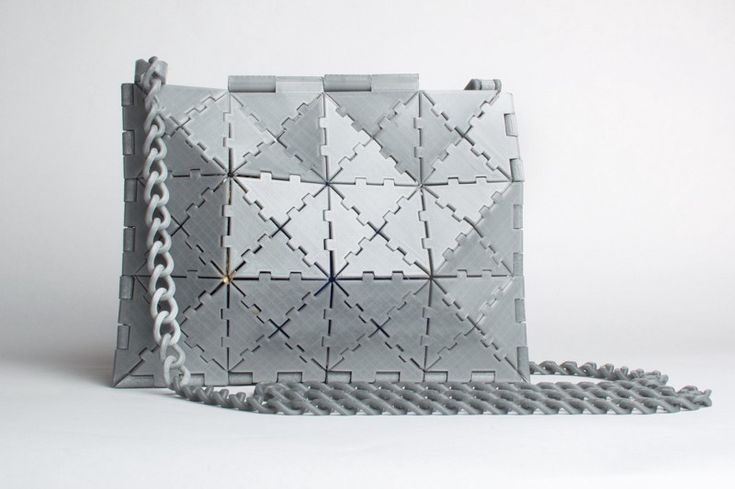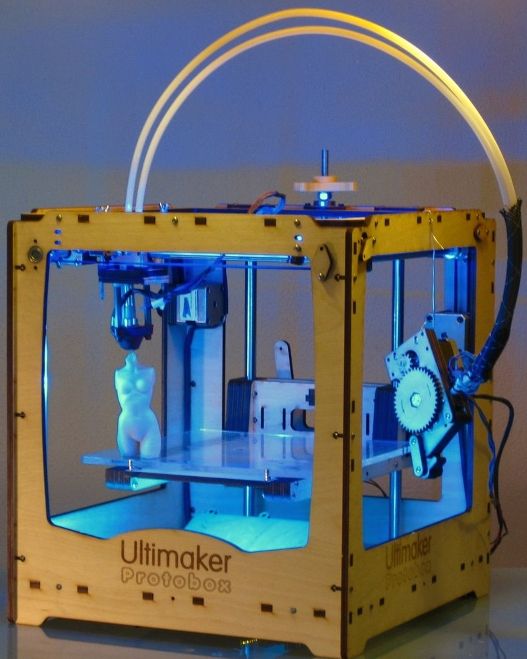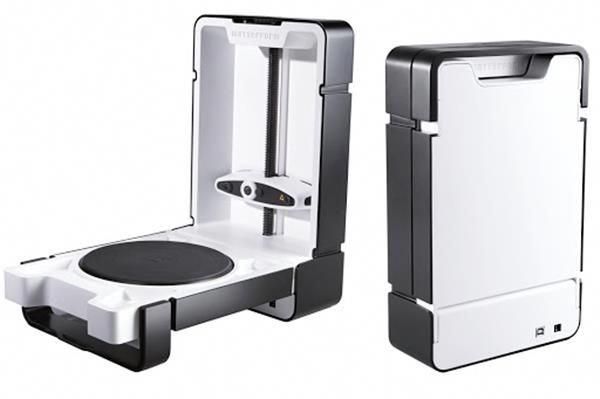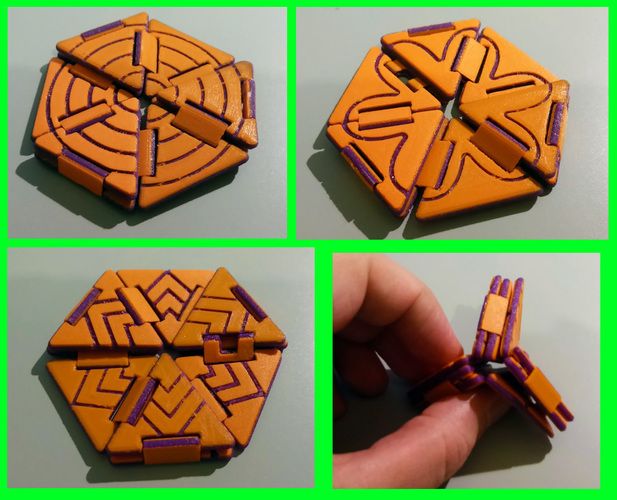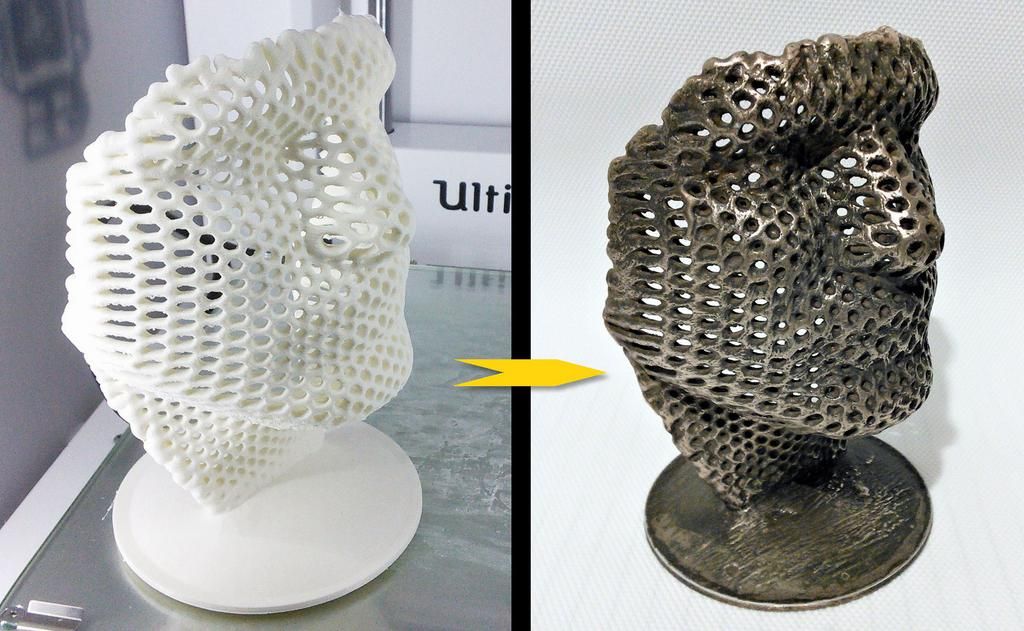3D printing complex
Complex geometries are possible with 3D printing
Industrial 3D printing means that the manufacturing process no longer determines the complexity of a component, but rather the product’s desired functionality and design. Complex geometries, such as three-dimensional structures with undercuts or cavities, are typically impossible to manufacture with conventional technologies like milling, turning or casting, or are only possible at disproportionately high costs.
Now, any shape that can be constructed in a 3D CAD program can be produced with additive manufacturing technology. There are almost no restrictions – even when manufacturing hollow structures. This works because the material is only added where it needs to go. Additive manufacturing gives developers maximum geometric design freedom, and complexity only plays a minor role in the production costs. The costs can often even be significantly reduced due to lower material consumption.
EOS technology was a logical choice for us because we manufacture small series productions with complex shapes. We acquired the high-temperature system EOS P 800 at an early stage and were able to rapidly make progress in the development cycle of OsteoFab™ technology. EOS accompanied us throughout the entire process.
Scott DeFelice | President and CEO | OPM
Multiple structures in the same part
Thanks to 3D printing, the hip cup implant was significantly optimized. The artificial hip cup consists of solid sections that provide stability and porous elements on the surface. The differently sized pores help to anchor the implant firmly: Large pores are helpful for pressure transmission - smaller pores support the initial fixation. In this way, the complex surface structure simplifies osseointegration, or the growth between the living bone tissue and the surface of the implant.
Flexible structural adjustment possible
The full implant is manufactured in a single production step by the 3D printer and would be extremely difficult to make with conventional manufacturing methods. At the same time, the high flexibility of additive manufacturing enables the structure, surface roughness and pore size to be determined individually for each patient. Together with the Additive Minds Team at EOS and the established 3D metal printing system EOS M 290, Permedica succeeded in realizing a completely new product.
At the same time, the high flexibility of additive manufacturing enables the structure, surface roughness and pore size to be determined individually for each patient. Together with the Additive Minds Team at EOS and the established 3D metal printing system EOS M 290, Permedica succeeded in realizing a completely new product.
Evolutionary processes have created biological structures in great abundance and diversity: today, we know of more than 1 million species of animals and around 500,000 species of plants. These systems often have shapes and structures that are optimally adapted to their environment and are created with minimal use of materials and energy. The interdisciplinary research field of bionics aims to exploit this massive potential by adapting natural blueprints to technical applications.
This is where conventional manufacturing processes encounter their limits. By contrast, additive manufacturing achieves maximum design freedom. With our technology, you have the opportunity to build, discard, re-engineer and continuously optimize your prototypes during development.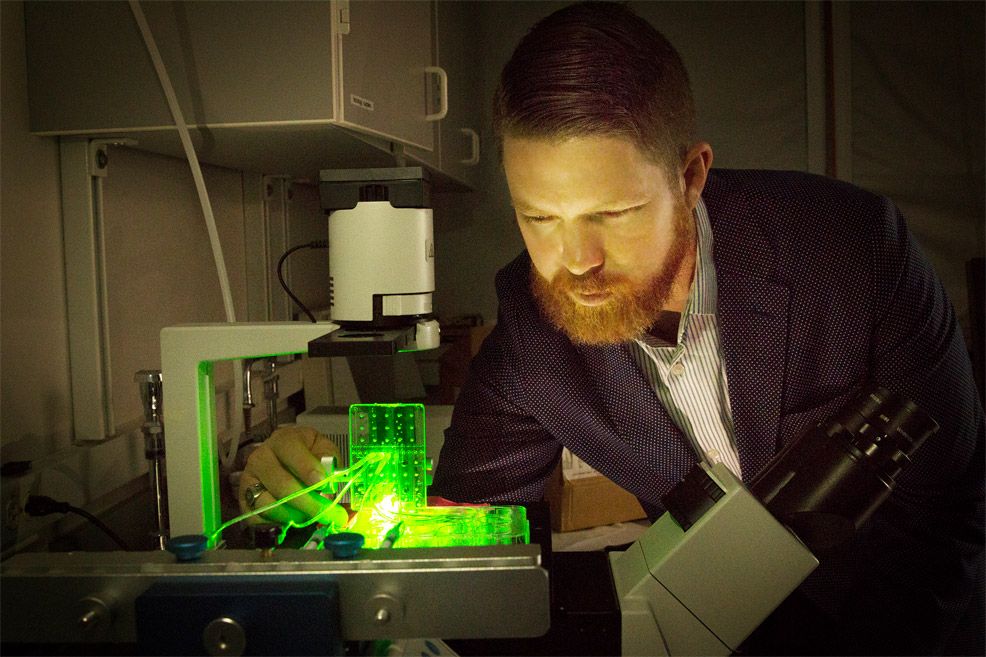 The tool-free production saves time and money - while offering enormous opportunities. As a result, there have been disruptive innovations in medicine, ergonomics and aviation, for example, especially in connection with aerodynamics.
The tool-free production saves time and money - while offering enormous opportunities. As a result, there have been disruptive innovations in medicine, ergonomics and aviation, for example, especially in connection with aerodynamics.
Success Story Festo
Bionic Gripper
The additively manufactured Festo gripper DHDG is a bionic gripping device that can grip objects gently and flexibly but powerfully, and set them down safely. Its shape and function were inspired by nature. With the FORMIGA P 100 by EOS, the automation specialists Festo were able to produce the parts they needed quickly and cost-efficiently in small series production.
The results are impressive.
Thanks to the superior design freedom, the production can be flexibly guided by the design. By integration functionality into the part during production, Festo succeeded in significantly reducing the number of individual parts and the assembly cost. The resulting gripper is lightweight and durable.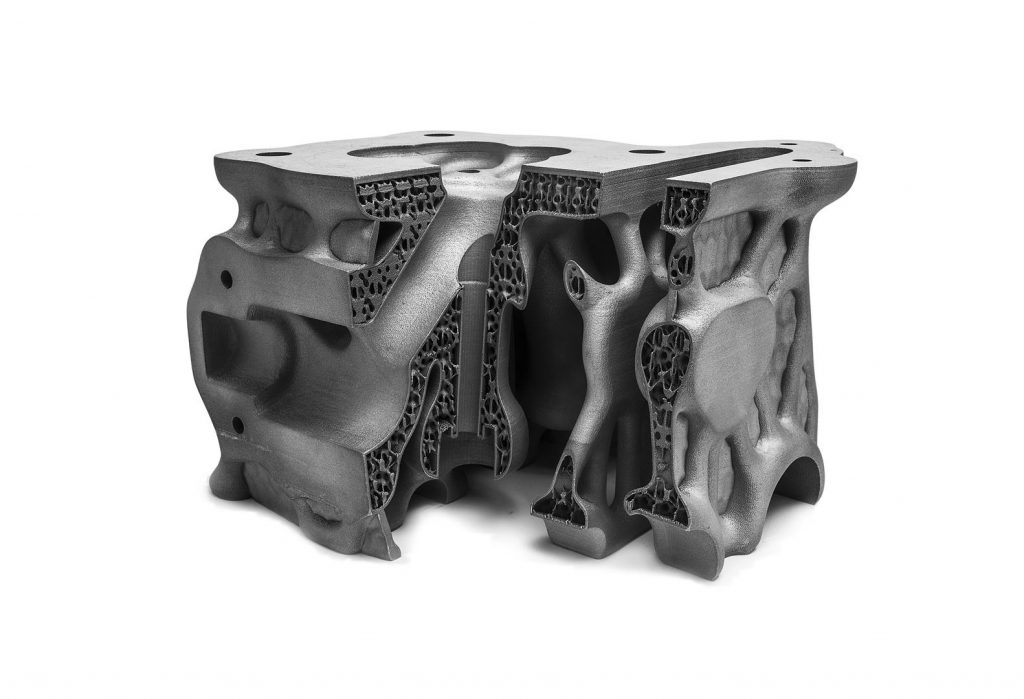 And even the price is right: Festo saved time and money with tool-free production.
And even the price is right: Festo saved time and money with tool-free production.
Thinking in new ways is worth it: you can’t drill around corners, but you can easily print holes. The geometric freedom of design granted by industrial 3D printing opens new possibilities for designers. This requires know-how and a new approach to design.
We're here to help you take full advantage of additive manufacturing.
There are many upsides to 3D printing. EOS technology allows highly complex parts featuring functional integration and maximum product customization to be developed and manufactured quickly.
7 Complex Designs Achieved With 3D Printing
24 July 2019
By taking advantage of the design flexibility afforded by 3D printing, engineers can bring even the most challenging ideas to life.
3D printing is a technology that can produce shapes and features unachievable with conventional manufacturing methods. To showcase the power of the technology, we explore 7 examples of impressive designs that were achieved only with 3D printing.
Application: Automotive
Benefits: Lightweighting, greater strength
French automaker, Bugatti, leveraged the design freedom of 3D printing for its latest Chiron supercar, producing what is said to be the world’s most powerful brake caliper — 3D printed in titanium.
While the brake caliper functions just like a normal caliper, the combination of 3D printing and titanium means that it is much stronger and roughly 40% lighter than the aluminium part currently in use.
Using a metal 3D printing process called Selective Laser Melting, the Bugatti team was able to experiment with a variety of geometries and wall thicknesses unattainable with traditional manufacturing techniques.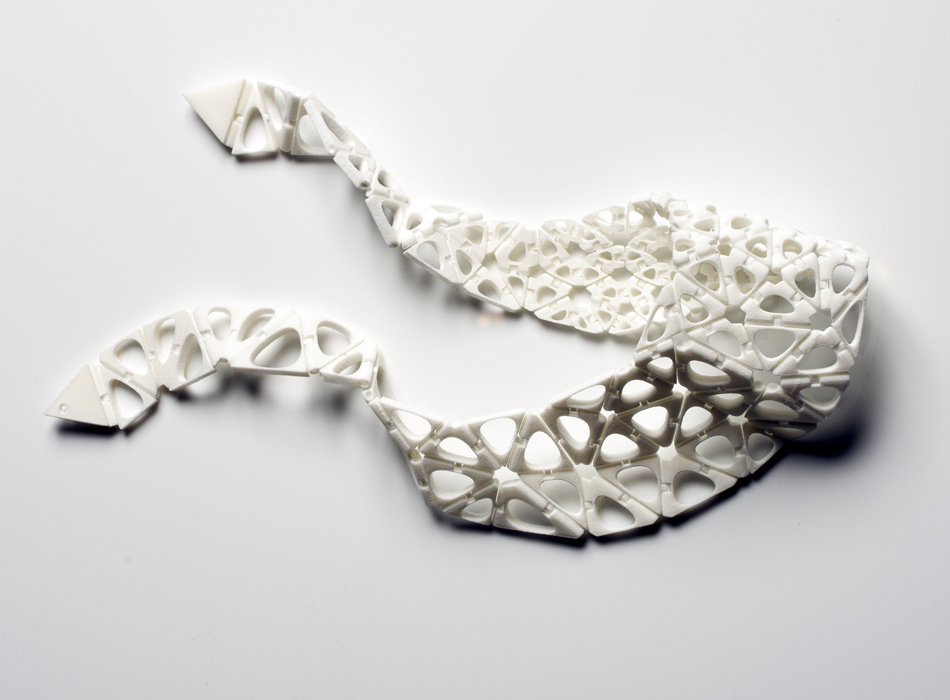
The result: an intricately-shaped brake caliper with wall thicknesses between 1 mm and 4 mm.
The end of 2018 saw Bugatti successfully testing the caliper at high loads, and the company is now preparing to take the component into production.
However, Bugatti is not the only company revolutionising the design of brake calipers. British automotive technology company, Carbon Performance, is also using 3D printing to ‘generate sustainable designs’ for 3D-printed automotive parts, including calipers.
To achieve this, Carbon Performance is using its new, AI-powered software platform. The platform helps to design components that can, for example, improve the fuel efficiency of a car.
Using its design software and 3D printing, Carbon Performance is able to produce brake calipers that are more robust and environmentally friendly thanks, in part, to their lighter weight. Being able to create lightweight metal parts with 3D printing means less material is required and the production process incurs less material waste than with subtractive manufacturing.
Creating lightweight designs is one of the key benefits of 3D printing. As the trend towards electric and more efficient vehicles continues to grow, we’ll see more automakers exploring 3D printing in their efforts to create better-performing, lightweight car components.
Application: Automotive
Benefit: Significant weight savings
General Motors (GM) has recently created a 3D-printed version of an existing seat bracket using generative design tools.
Generative design software uses advanced algorithms to automatically generate multiple design variants based on specific parameters such as weight, material, size, strength and manufacturing methods. The subsequent designs feature complex, organic shapes which often can only be brought to life with the help of 3D printing.
This was exactly the case with GM’s seat bracket. Using Autodesk’s Fusion 360 generative design software, 150 design iterations were produced. GM then selected the design that offered the best trade-off between weight, performance and manufacturability.
Using Autodesk’s Fusion 360 generative design software, 150 design iterations were produced. GM then selected the design that offered the best trade-off between weight, performance and manufacturability.
The final design barely resembles the original bracket. 3D printed in metal, the new seat bracket is 40% lighter and 20% stronger than the original. It has also been manufactured as a one component, unlike the original part which has to be assembled from 8 separate parts.
The ability of 3D printing to create complex parts more quickly and with more flexibility makes the technology a natural choice for producing the redesigned component. The benefit shown in this example is part consolidation — the ability to print multiple parts as a one component, and thereby reduce assembly times and costs.
Although GM’s seat bracket remains a proof-of-concept, the company sees huge potential in combining 3D printing and generative design software. Both technologies will certainly a key role in the future of vehicle manufacturing by facilitating faster design and product development, as well as the production of complex automotive parts.
Application: Medical
Benefit: Material optimisation
Topology optimisation is a generative design technique that enables designers to apply advanced algorithms to optimise the geometry of a part. Using the technology, the material distribution of a part can be optimised to remove any unnecessary material from the design.
One company leveraging topology optimisation is IT company, Altair, which combined 3D printing with topology optimisation to create an improved hip stem implant.
3D printing offers a range of benefits for hip implants, including the ability to customise an implant for the specific loads it is required to bear. Topology optimisation software facilitates this by allowing engineers to factor in the various load cases a hip implant might see during its life cycle.
By inputting parameters such as load cases and design constraints, the software optimises the material distribution within a defined material volume. This process results in a design showing where material can be removed to create the best-performing hip implant.
This process results in a design showing where material can be removed to create the best-performing hip implant.
The Altair team used this approach to determine the solid and semi-dense areas of the implant before filling the semi-dense regions with lattice structures to make the implant lighter.
Compared to an intact femur or a femur with an off-the-shelf implant, the team found that the new design helps increase an endurance limit to about 10 million cycles. This means that the hip implant could endure jogging from Los Angeles to New York and back — twice.
The new design also helps to reduce stress shielding by 57%. Stress shielding refers to the reduction in bone density caused by placing a titanium implant inside a patient, and can ultimately lead to fractures and dislocation. For this reason, designing an implant as close to the original bone tissue as possible is key to reducing stress shielding and eliminating these unwanted effects.
Using 3D printing as a manufacturing technology is the only way to bring such designs to life. Not only does it make complex shapes like lattices possible, but it also can produce them more cost-effectively than conventional methods.
Not only does it make complex shapes like lattices possible, but it also can produce them more cost-effectively than conventional methods.
As of today, topologically-optimised 3D-printed implants are only starting to make their way into real-life use cases. It will take some time for healthcare regulators to develop new standardisation methods for these new implant designs. However, looking in the future, it’s clear that 3D printing will become a key technology for creating better-fitting, longer-lasting and higher-performing hip implants for a specific patient.
Application: Construction
Benefit: Innovative design
Unveiled at Dutch Design Week in 2018, MX3D’s stainless steel 3D-printed pedestrian bridge is one of the most exciting design projects in the 3D printing space.
By fitting welding machines onto robotic arms, the MX3D team was able to 3D print a bridge 12 metres long, achieving a unique look and shape. For instance, the design of the bridge is organic and fabric-like, with lots of curves and intricate features. The surface of the bridge has been left unsmoothed, leaving the layers of deposited steel visible that give the bridge a rough, unusual finish.
For instance, the design of the bridge is organic and fabric-like, with lots of curves and intricate features. The surface of the bridge has been left unsmoothed, leaving the layers of deposited steel visible that give the bridge a rough, unusual finish.
Interestingly, 3D printing wasn’t the only cutting-edge technology used for this project. To ensure both the safety and optimised performance of the bridge, the 3D-printed steel structure is equipped with a network of sensors to monitor the state of the bridge, recording the number of people walking across it and taking measurements of things like weight dispersion and air quality.
The whole project took nearly four years to execute and now the completed bridge is set to be installed in Amsterdam later this year.
Application: Energy
Benefit: Enhanced performance
GE Research is developing an ultra-efficient, low-emission heat exchanger for power generation equipment like gas turbines. Surprisingly, to achieve this, the team came up with an innovative design inspired by human lungs.
Surprisingly, to achieve this, the team came up with an innovative design inspired by human lungs.
Human lungs are one of the most efficient and compact heat exchangers. The organ performs its heat-exchange function with a network of capillaries, which split the flow of blood into small streams. This network warms up the cooler air that we inhale, while also regulating the body’s temperature.
GE’s heat exchanger works in a similar way, but at much higher temperatures and pressures. The component features a trifurcating network of channels, which takes hot air coming out of a gas turbine. This network is intertwined with another network of channels filled with colder working fluid running in the opposite direction. The hot air and cool fluid do not mix with each other, but their close proximity allows the hot air to be cooled down, improving the thermal efficiency of a gas turbine.
Crucially, 3D printing was the only technology capable of producing such a complex design.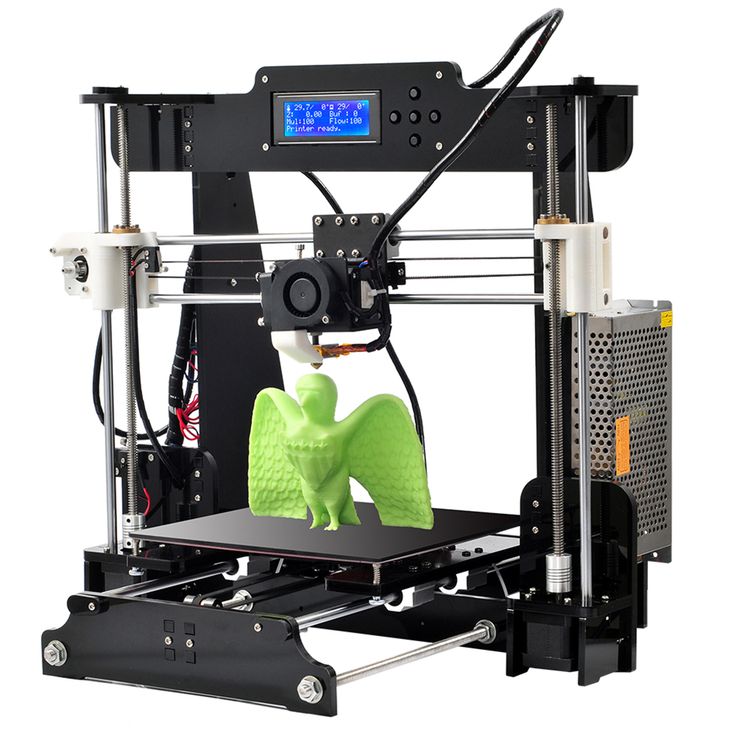
Once the development process is complete, GE will be able to 3D print a heat exchanger that can operate cost-effectively at 250°C (450°F) degrees higher than today’s heat exchangers. With a significantly increased operating temperature, the 3D-printed component represents a new generation of high-performance heat exchangers.
Application: Automotive
Benefit: Weight savings
In 2018, BMW released its iconic i8 Roadster car, featuring an award-winning 3D-printed metal roof bracket.
The roof bracket, a small component that helps to fold and unfold the top of the car, required a new design to maximise the performance of the roof-folding mechanism. To achieve this goal, engineers at BMW turned to topology optimisation software.
By using this software, engineers were able to input parameters like the weight, the size of the component and the load it will take.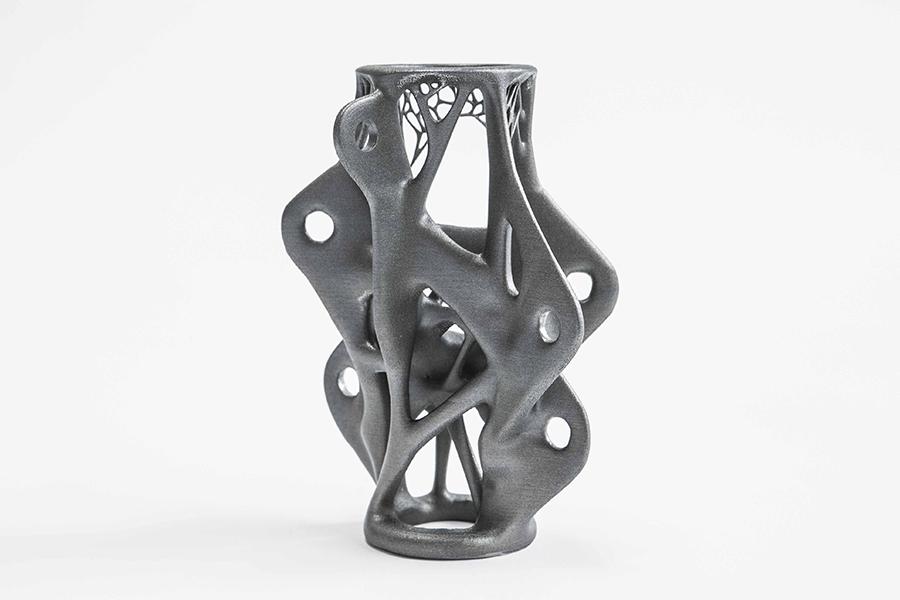 The software then generated a design that optimised the material distribution of the part.
The software then generated a design that optimised the material distribution of the part.
The design achieved by the engineering team was impossible to cast. The team found that the only way to make this design possible was through metal 3D printing.
Thanks to Selective Laser Melting (SLM) technology, engineers created a metal roof bracket that is 10 times stiffer and 44% lighter than the conventional alternative.
The part, which is now produced in small series, showcases a huge lightweight potential for vehicle designs when combined with the power of topology optimisation techniques.
Application: Energy
Benefit: Complex internal features
For a few years, engineering company, KW Micro Power, has been working on a design of a microturbine generator but faced challenges with taking this design to production. A key challenge lay in the production of one of the device’s components.
A key challenge lay in the production of one of the device’s components.
The component in question is a titanium disc featuring complex internal channels that help to manage exhaust gases more efficiently. When 3D-printed in metal, this component requires support structures to prevent drooping or warping during the printing process.
However, the complexity of internal features of the component made it impossible to remove the supports following production.
To overcome this challenge, the company collaborated with VELO3D, a 3D printer manufacturer that has developed its proprietary metal 3D printing technology, Intelligent Fusion. This technology enables VELO3D’s Sapphire 3D printer to print parts with minimal support structures and reduced residual stresses, which are often the cause of warping.
This is achieved due to a patented non-contact recoater, which is used to deliver a fresh layer of powder to be melted and fused with a laser. In powder-based metal 3D printing, when powder is laid on top of another layer, a recoater could dislodge the part if it’s not fixed to a build plate.
In VELO3D’s Sapphire System, the re-coating blade is not in contact with the powder bed. Once the powder is deposited, a scraper blade and vacuum process are applied to the top of the powder to make sure that it is absolutely level.
With a recoater not contacting the previous layer of powder, a part doesn’t need any support anchor it to a metal build plate. In the meantime, simulation and a closed-loop control system powering the printer enable complex internal features to be printed without supports.
To leverage the full power of the Sapphire 3D printer, VELO3D’s team helped KW Micro Power to further improve the design of the generator component. The finished part is 37% lighter than the original design and is said to perform better thanks to reduced stresses. But more importantly, the design which was previously deemed non manufacturable, was made possible thanks to a new generation of metal 3D printing technologies.
3D printing offers tremendous design flexibility, enabling designers and engineers to experiment with new forms and features, including topologically-optimised shapes, lattice structures and lightweight designs.
With so many opportunities unlocked by 3D printing, the technology allows manufacturers to produce innovative products with optimised an customised designs, which would be impossible with traditional manufacturing.
However, to unlock this potential it’s crucial to follow design principles unique to additive manufacturing. Only when armed with understanding about both possibilities and limitations of 3D printing, can companies use the technology to fulfill their most creative ideas.
Construction 3D printing in anticipation of a breakthrough / Sudo Null IT News
3D printing technology originated in the 80s of the 20th century, but construction 3D printing appeared much later. The first construction projects using this technology appeared only in 2014. We are talking, first of all, about the so-called small architectural forms (benches, flower beds, fences). They never even dreamed about building houses. But already in 2015, the Russian startup Apis Cor made a splash - it printed a whole house in the Moscow region. Since then, news about new 3D printed houses has periodically appeared. However, despite the fact that the technology proved to be very promising in terms of the speed of construction of housing and the reduction in the cost of construction, no mass implementation followed.
Since then, news about new 3D printed houses has periodically appeared. However, despite the fact that the technology proved to be very promising in terms of the speed of construction of housing and the reduction in the cost of construction, no mass implementation followed.
Construction is the world's number one market. And, if many technological innovations are being introduced in the field of high-rise construction, then little has changed in the field of low-rise construction over the past decades. The last 30 years have seen the availability of the Internet, mobile phones, mobile internet, robotics taken to a new level, etc., but when you get to a house construction site, you are unlikely to find many technological innovations. Automation is practically non-existent, and manual labor prevails. 2020 was a test of strength for the whole world, and also led to the highest level of inflation, which, first of all, hit the construction market, there was a dramatic change in prices for metals, cement, wood and much more.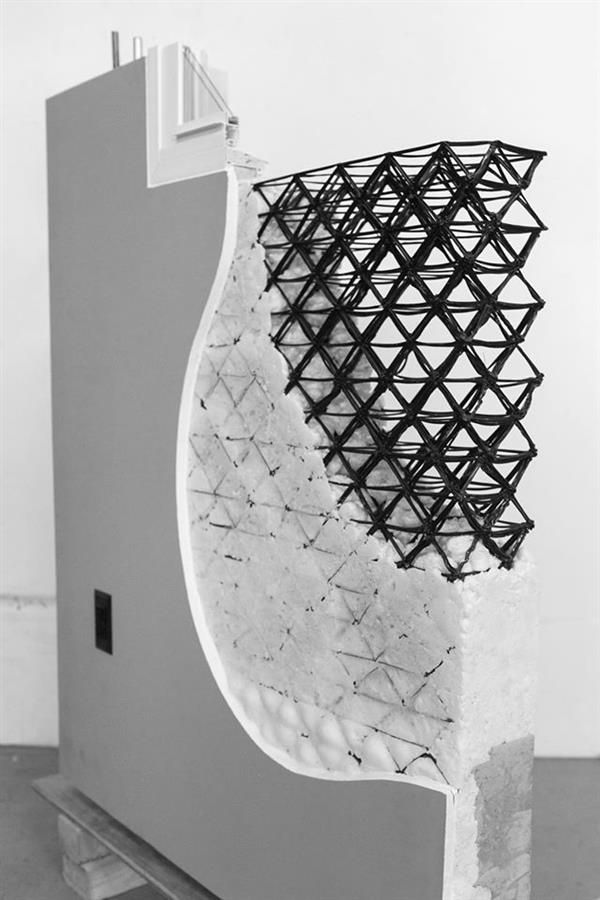
This Internet meme shows what happened to the cost of building materials in just a year. And the process is still going on. At the same time, there is a serious rise in the cost of labor, and there is an acute shortage of it. All this leads to a sharp rise in the cost of building houses. No matter how strange it may sound, statistics show that the growth of automation does not occur when everything is fine, but precisely in crisis situations, during increased competition, reduced demand and the need to urgently look for new technologies to increase production efficiency. So it happened this time, and after some stagnation, construction 3D printing received a new impetus for development.
Preparing to write an article, I turned to the founder of Arkon - Boris Kozlov y. Arkon was established in 2020 and is engaged in the production of construction 3D printers, both a workshop type for creating prefabs (prefabricated houses) and a portal one capable of printing a two-story house. I asked Boris the key, in my opinion, question:
I asked Boris the key, in my opinion, question:
- Construction 3D printing appeared in 2014, but no mass introduction of this technology followed in 7-8 years. Why do you think this happened, and why is there a surge of new projects right now?
- It seems to me that the reason is the snowball effect. The technology had to mature, grow from a hypothesis to a pilot implementation, and finally to commercialization and scaling (what is happening now). In addition, it should be borne in mind that construction is one of the most conservative industries, where, unlike even aviation and the automotive industry, there is still an extremely low introduction of digital solutions and automation in the field of the production process itself - the construction itself. The issue of regulation and certification also plays an important role - this process is long and creates an additional lag.
In 2014-2016 the first samples of building 3D printers and prototypes of printed buildings appeared.
The concepts of various form factors of construction 3D printers and types of printing materials were tested.
In 2017-2018 in the world, the first notable investments were made in a number of construction 3D printing start-ups. Further, by 2020, these investments "rolled" in the form of reaching a certain level of technology maturity - the first commercial products (3D printers and houses) appeared.
Finally, in 2020-2022 it became clear that the hypotheses of the effectiveness of construction 3D printing were justified (cheaper, faster, more environmentally friendly), and large investments began in the industry. A striking example is the investment of GE (the French division of General Electric) in the Danish COBOD or the achievement of a capitalization of $ 2 billion by the American company ICON.
In 2022-2023 over 1,000 buildings will be printed worldwide already, scaling from single buildings/pilot projects to entire villages and major infrastructure/reinforced concrete implementations.
In addition, in a number of countries, by now, a regulatory framework has been created or is being actively created for the introduction of additive technologies in the construction industry.
Thus, I believe that the specified time period is a fairly natural cycle of technology development, which is likely to experience exponential growth in the next decade.
According to ResearchAndMarket report, the global construction 3D printing market is valued at USD 354.3 million in 2022 and is projected to reach USD 11068.1 million by 2027, growing by 99.04%.
Various market processes affect the prices and behavior of participants in the global 3D construction printing market. They create price signals that are the result of changes in the demand and supply curves for a product or service. They can be associated with both macroeconomic and microeconomic factors. Even human emotions can also drive decisions, influence the market, and create price signals.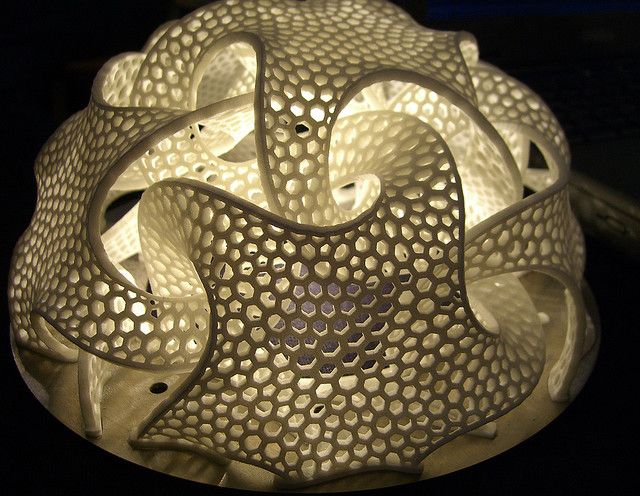
Now let's take a quick look at what the construction 3D printer is. Without delving too deeply into the technology, we can say that construction 3D printers are very similar to classic FDM/FFF printers that print with plastic, but instead of plastic, the material here is a cement mixture, which is fed directly into the nozzle and forms an object by layer-by-layer overlay. Printers are also portal, on the basis of a flying boom, with a robotic arm.
Pictured left is a construction printer based on a boom. The figure on the right is a gantry construction 3D printer
In the figure above, a construction 3D printer in the form of a robot arm installed on a mobile platform.
Everything changed completely when, in the summer of 2021, the American company ICON, which was trying to introduce 3D printing into the construction of various auxiliary facilities, signed a contract with one of the largest American developers, Lennar, to build a village of 100 houses in Texas and immediately became a unicorn , having received 200 million dollars of investments from several investment funds.
At the same time, the Danish company COBOD, created by the world's largest construction formwork company PERRI, began selling its gantry 3D construction printers and participating in construction projects around the world. In the photo below, a modern two-story house built in Germany and a school building in Malawi, built in record time with a minimal budget.
Few things unite developed, developing and poor countries, everywhere their problems and tasks, but Affordable housing shortage is a global agenda . If in poor countries there is an acute problem with the increase in the number of homeless people due to a lack of housing, as such, then in developing countries it is necessary to dramatically accelerate the number of new housing being built to meet the needs of a growing population. In developed countries, the problem is primarily in the cost of housing, which has risen in price to such an extent that it has become practically inaccessible to young people. And with the simultaneous increase in life expectancy in these countries, this problem is only getting worse.
And with the simultaneous increase in life expectancy in these countries, this problem is only getting worse.
At the same time, the trend towards "green agenda " is developing, reducing CO2 emissions, building with more environmentally friendly materials, etc. But, unfortunately, so far the construction industry is the absolute leader in CO2 emissions, as well as in the amount of garbage that each construction site leaves behind. This is not to say that construction 3D printing solves all these problems, but at least it is moving in the right direction. Let's look at this with a few illustrative examples.
3D printed walls. Today, when we talk about 3D printing houses, we are talking about printing walls. Everything else (foundation, windows, doors, ceilings and roof) is done in the traditional way. 3D printed walls are built as fixed formwork, which significantly saves the amount of cement used , and this, in turn, reduces the cost of construction and reduces the environmental impact of cement production.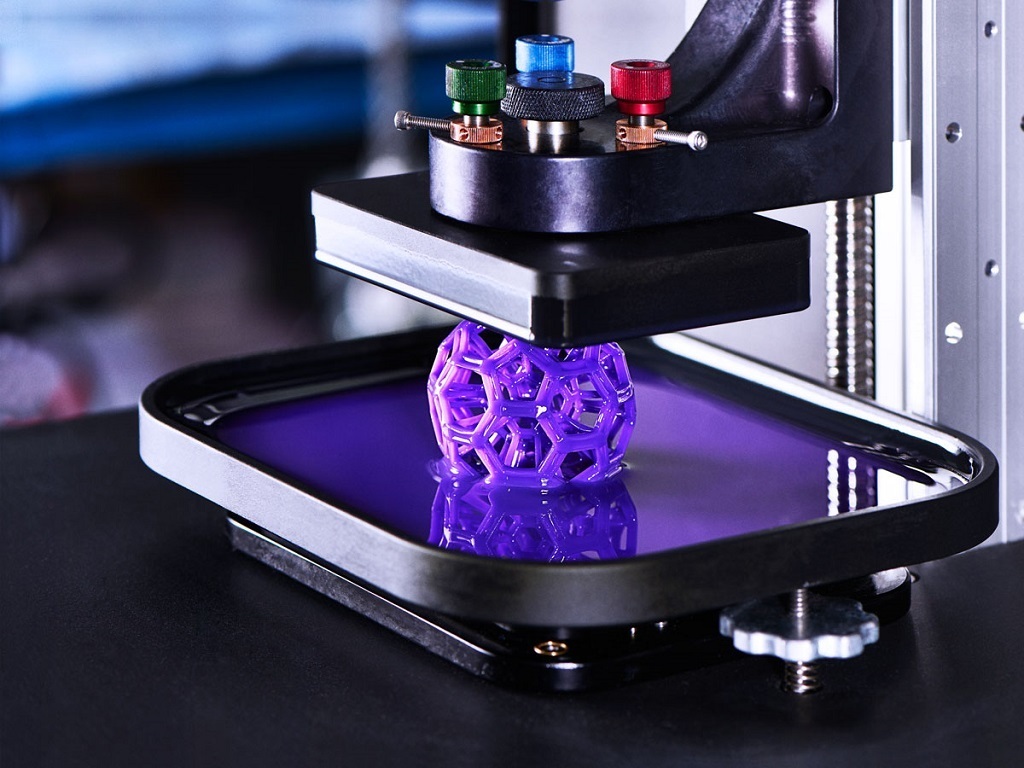 In addition, with this method of construction, no additional waste is produced, the strength of the structure does not suffer. It can be reinforced, as shown in the photo on the left, and engineering communications can be immediately laid, as shown in the photo on the right, which also affects the final speed of the construction of the object. At the same time, the total weight of the structure is reduced, the remaining cavities can be filled with lightweight foam concrete, insulation, straw or any other available material. Such a lightweight design can use a lighter foundation. The construction method itself is more economical in terms of material, and therefore environmentally friendly.
In addition, with this method of construction, no additional waste is produced, the strength of the structure does not suffer. It can be reinforced, as shown in the photo on the left, and engineering communications can be immediately laid, as shown in the photo on the right, which also affects the final speed of the construction of the object. At the same time, the total weight of the structure is reduced, the remaining cavities can be filled with lightweight foam concrete, insulation, straw or any other available material. Such a lightweight design can use a lighter foundation. The construction method itself is more economical in terms of material, and therefore environmentally friendly.
Eco-concrete with the addition of polymers is being actively developed, the production of which reduces CO2 emissions from 30% to 100%. The Apis Cor company mentioned at the beginning of the article, which built a house in the suburbs in 2015, is now based in hot Florida, plans to start using this material in its projects.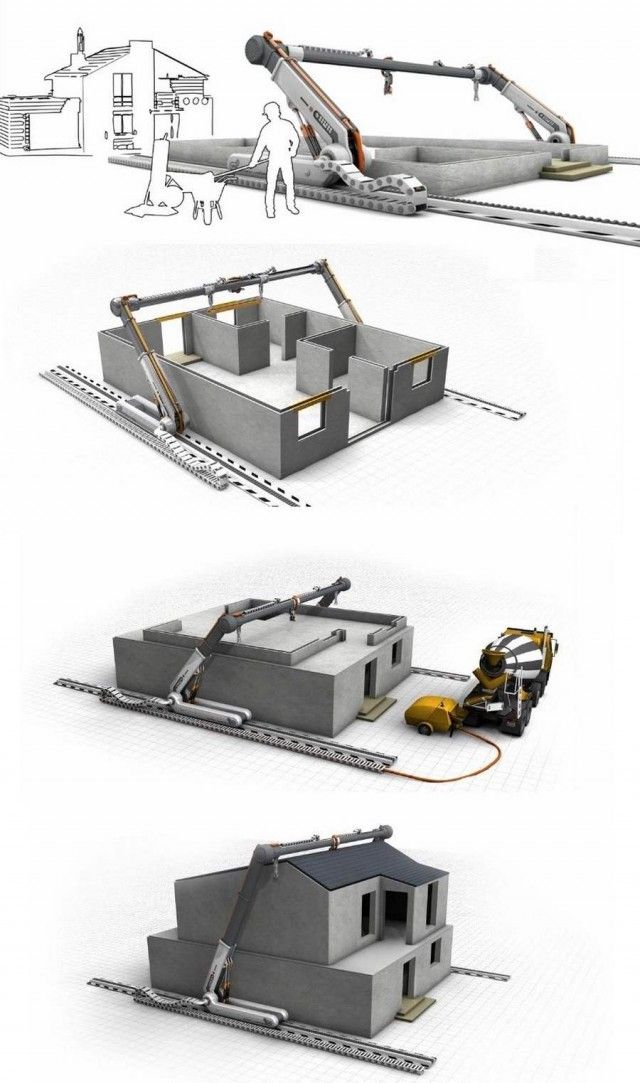
Another startup from Russia, Mighty Buildings, headquartered in California, initially relied on a polymer with the addition of mineral chips. And while the company doesn't build entire homes, it only makes wall panels, it has won numerous design awards, as well as a $400 million valuation in several investment rounds.
As a result, with a rough calculation, we can say that the total savings on the construction of walls can reach 30%, and the total cost of the house can be reduced by 10%. This is true for houses designed for conventional construction. And if you initially design with 3D printing, you can improve this ratio by optimizing the laying of communications, the ability to immediately print interior walls, bookmark niches for bathrooms, fireplaces, built-in wardrobes and kitchens, as was done in the house built by COBOD in Germany.
"There are spots on the sun." Despite all the advantages of construction 3D printing, has several significant disadvantages of .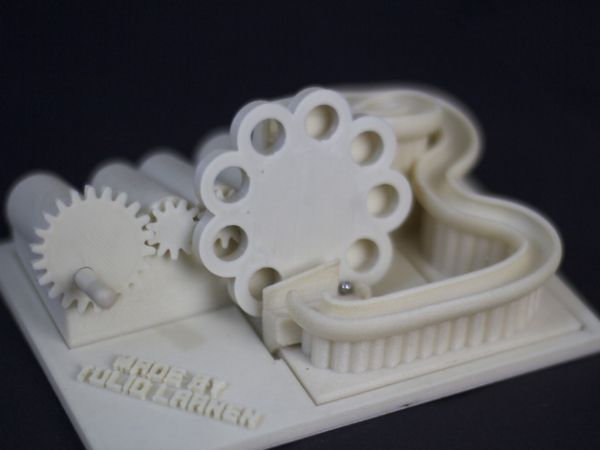 The main one is layering, which cannot be avoided at the current level of technology development.
The main one is layering, which cannot be avoided at the current level of technology development.
The photo above shows the layering of the 3D printed walls.
This task can be worked in several directions:
-
Ribbed walls can be plastered, painted and played with as a design element. This is how ICON does it in the USA, for example their latest project House Zero is done this way and has won a number of design awards.
-
Use special "shutters" on the print head that allow smooth layers, as COBOD and other manufacturers do. The photo below shows that this does not ensure the complete absence of layering.
-
Fully sand the surface to get the usual smooth wall for plastering, painting, wallpapering or other finishing. It is possible, but it will require huge labor costs, which can reduce the overall efficiency of using 3D printing.
Pictured above is a 3D printed wall sanded smooth.
The second problem is the required temperature. Ideally, printing should take place at temperatures between +5C° and +30C°. Humidity is also important. Using additives, you can push these boundaries, but not indefinitely. At strong sub-zero temperatures, printing will be possible in the field only if the construction site is covered with a dome and the required temperature is reached inside with the help of heat guns. In conditions of intense heat, it is preferable to print at night. Another solution could be to print the wall panels in the shop and assemble them on site. Of course, each of these decisions will have a negative impact on the economic efficiency of the project.
Building 3D printing can be useful not only for the construction of houses . With its help, you can solve many other problems, and there its disadvantages will not matter. For example, the American concern GE uses COBOD printers to build towers for wind turbines in the shop. Ribbed surface and temperature restrictions in this case do not play any role. Construction takes place in the shop, after which the object is transported to the installation site.
Construction takes place in the shop, after which the object is transported to the installation site.
Construction 3D printing, or, as it is also called, additive construction, has just appeared, and I want to believe in its bright future. There are many prerequisites for this, but a lot still needs to be done for success. First of all, it is necessary to develop principles for designing houses for building 3D printing. Then it is necessary to attract top architects to create landmark projects, which can be followed by the mass introduction of a new and very promising technology. Construction 3D printing could help solve the global housing shortage and bring more automation to other areas of construction.
Alexander Cornweitz
Expert in the field of additive technologies and 3D printing, Head of Tsvetnoy Mir
residential complex from 3D printer: Lakhtacenter - Livejournal
-
- 90IST not only ( lakhtacenter ) wrote,
- Technology0096
In the city of Eindhoven (Netherlands), they are going to build the world's first residential complex of five 3D printed concrete houses.
The Milestone project will be located practically in the forest, the houses will be sustainably and energy-efficient, comfortable and with modern layouts. Construction is subject to all the usual rules and regulations. The first one-story house will be printed this year, and the housewarming will be next. The remaining four houses are multi-storey. They will be built sequentially, each time improving the technology and applying the lessons learned in the previous stages.
The design is based on chaotic blocks in a green landscape. The irregular and somewhat even futuristic shape in the form of rounded boulders appeared due to the key feature of 3D printing: the ability to build and print any shape.
Residential printed complex will be located in the vicinity of the city of Eindhoven, in the town of Bosrijk, which is developing as a "sculpture garden".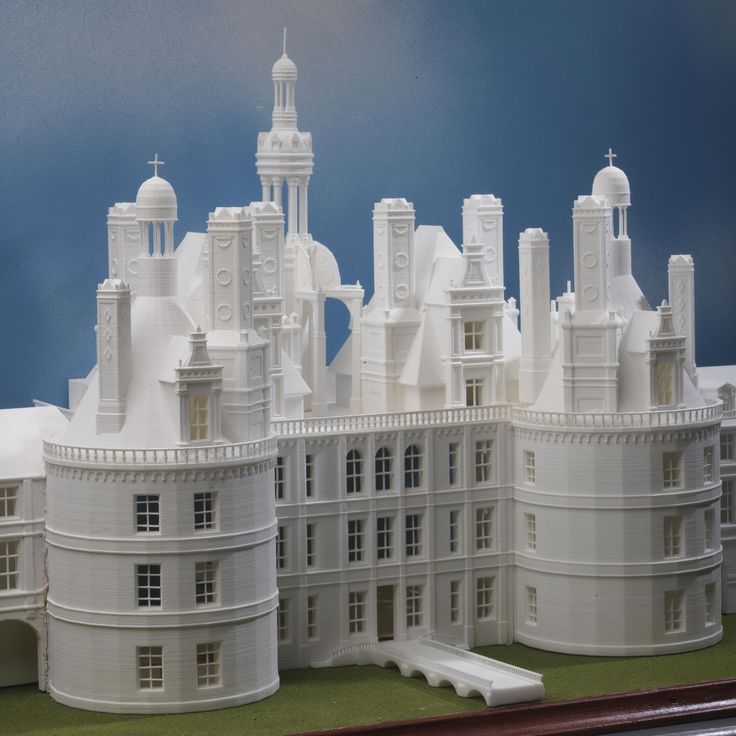 There are high-quality and ambitious architectural projects placed like sculptures in a continuous landscape.
There are high-quality and ambitious architectural projects placed like sculptures in a continuous landscape.
By the way, Bosrijk is the first place in Eindhoven that is not connected to the gas network.
The first house - one-storey and with a wooden roof, 3 rooms, area 95 m2. The house will be ready for occupancy in mid-2019.
The long time between the design and implementation of the first house is due to the novelty of the project and unusual construction technologies. Further it will be faster and easier.
Designed by Houben & Van Mierlo Architecten and Eindhoven University of Technology.
Multi-storey buildings will have printed concrete floors and a printed concrete roof. The foundations are ordinary, based on the traditional technology of pouring concrete.
The elements of the first house will be printed by a concrete printer at the workshop of the Eindhoven University of Technology. In the future, the process will gradually be transferred directly to the construction site of the house.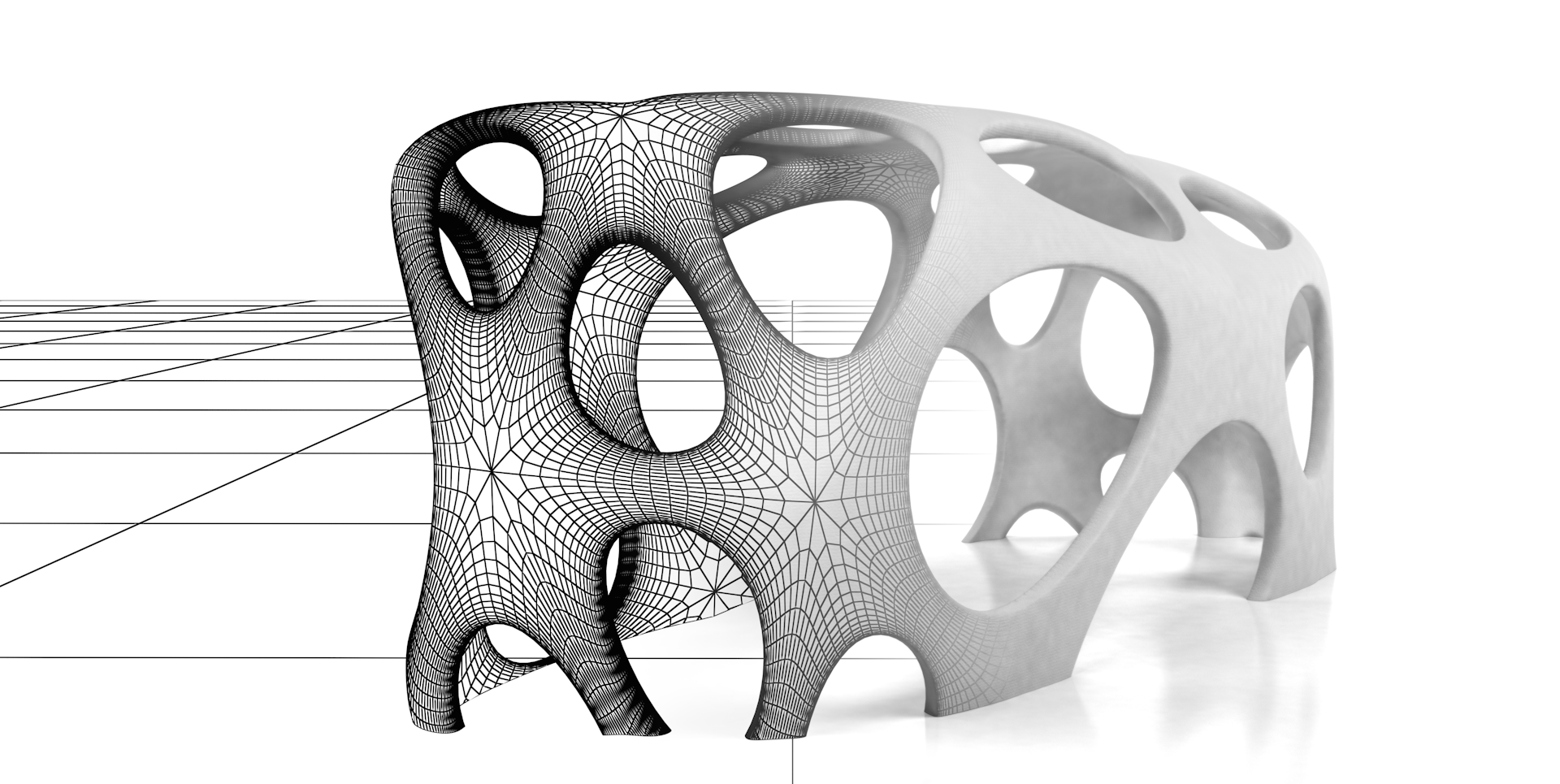 The last house will be fully realized on site, including printing works.
The last house will be fully realized on site, including printing works.
Concrete 3D printing is almost any form of construction, precision in design and execution, any color and concrete properties. Easy implementation of the customer's wishes for each specific house.
Less concrete required compared to conventional construction. Consequently, cement consumption and CO2 emissions from cement production are reduced.
The Eindhoven University of Technology in the Netherlands and the Dutch construction company BAM Infra carried out a joint project in 2017 to print a concrete bridge for cyclists. The 8-meter bridge was printed in sections using 800 layers of reinforced concrete. The bridge can withstand loads up to two tons. Service life 30 years.
The Netherlands also created the world's first 3D printed metal bridge over a canal in Amsterdam. The bridge span is 12.5 meters long and 6.23 meters wide. It took 4.5 tons of steel wire and half a year to create it.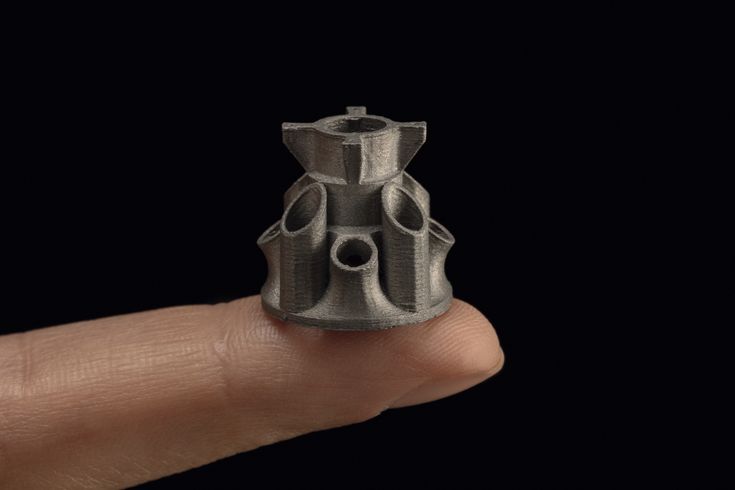
And now - the next experiment in the field of 3D printing in the Netherlands - the residential complex Project Milestone.
These 3D houses are being printed in Dubai, UAE and Beijing, China.
Houses will probably no longer be rectangular…
Printed house by CLS Architetti and Arup, Milano
Concrete houses are ambiguous. Are these printed concrete buildings really good for the 21st century? After all, concrete and steel were the main elements in the architecture of the last century.
Source: houbenvanmierlo.nl, 3dprintedhouse.nl
Tags: 3d, architecture, concrete, printed house, printed bridge, modern technology, building technology
Subscribe
-
Autumn in New York: the return of King Kong, for whom the orange bells and murals ring in Hudson Yards
King Kong is back in New York. The huge monkey, which became famous after the 1933 adventure film, often appears in remakes, .
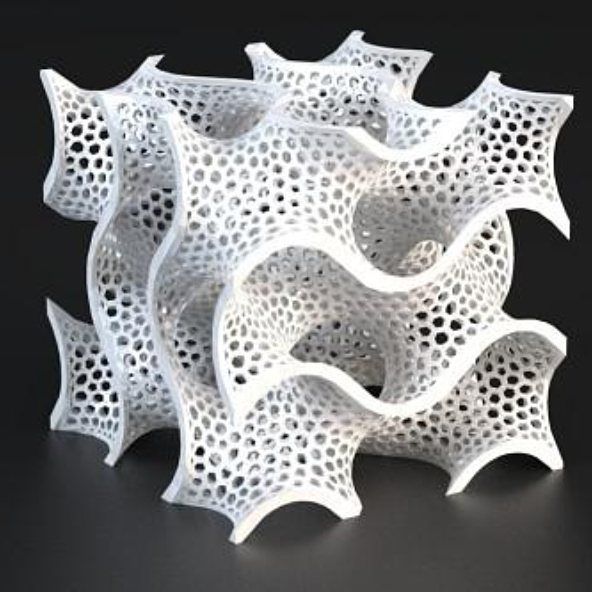
Learn more


